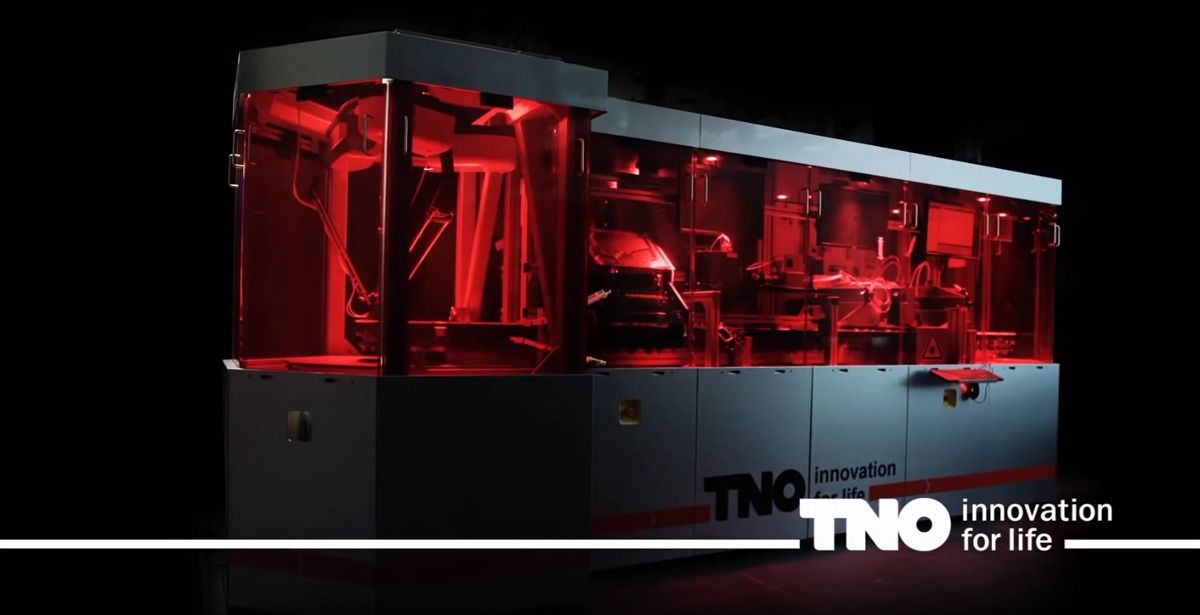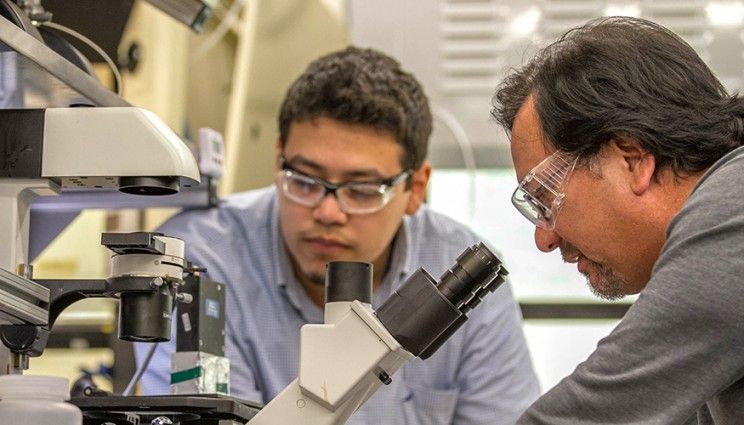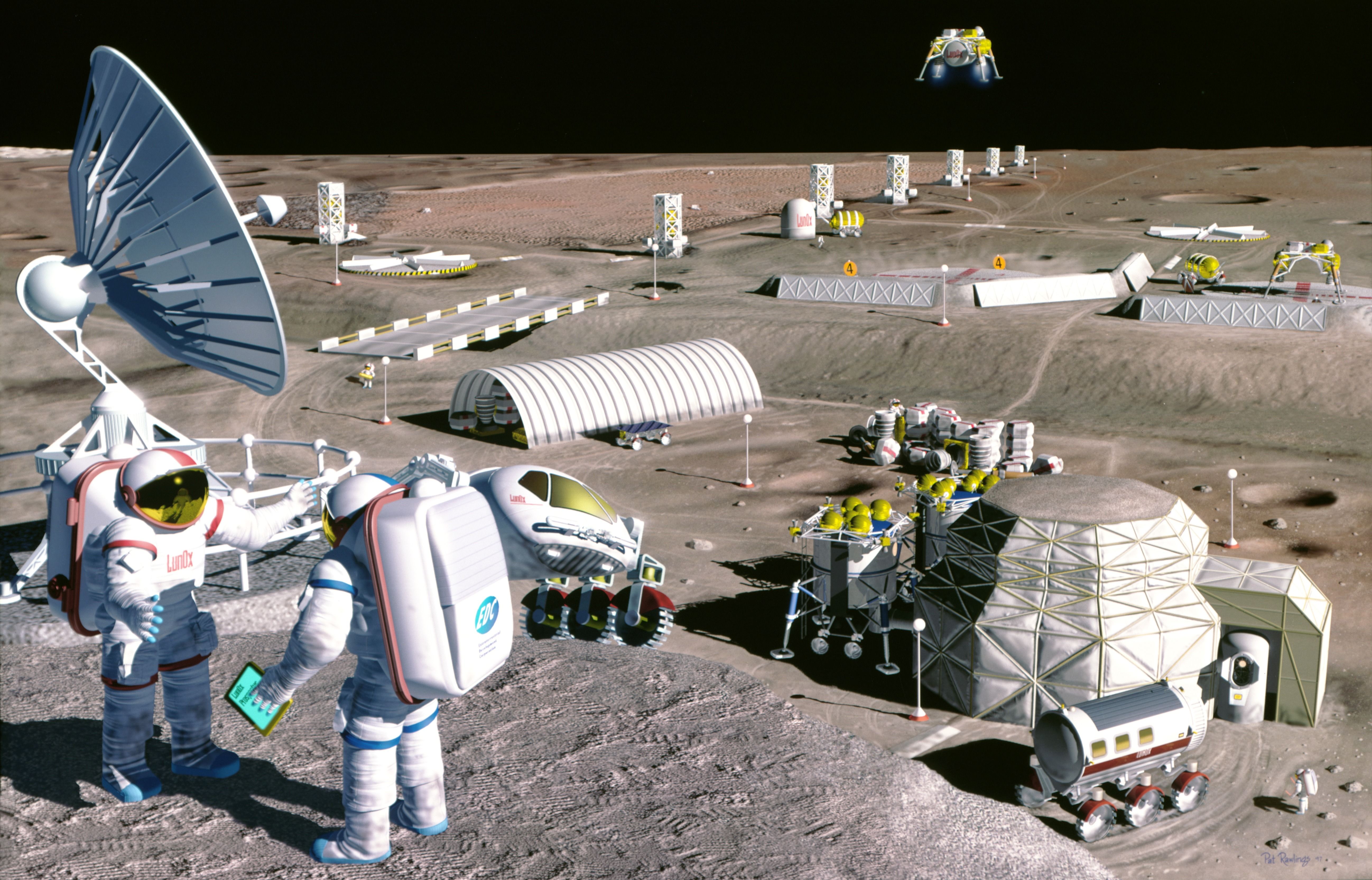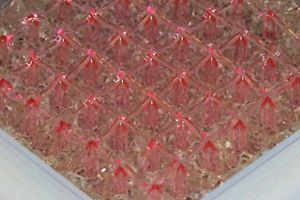Archive for the ‘3D printing’ category: Page 120
Mar 18, 2016
You can now 3D print the world’s lightest material – graphene aerogel
Posted by Shailesh Prasad in categories: 3D printing, materials
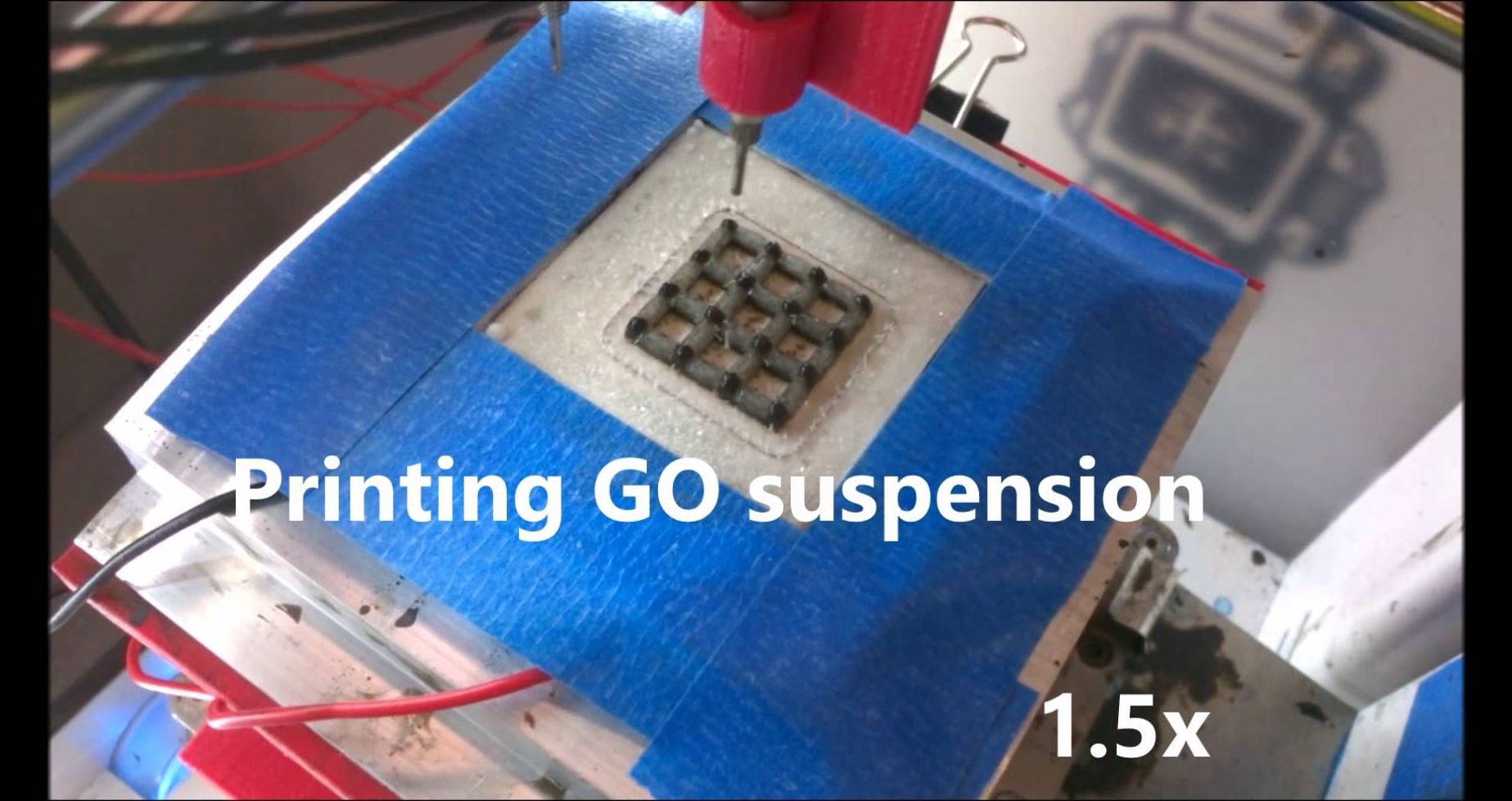
YES PLEASE.
It’s 7.5 times lighter than air, and a cubic metre of the stuff weighs just 160 grams. It’s 12 percent lighter than the second lightest material in the world – aerographite – and you can balance a few cubic centimetres of the stuff on a dandelion head. Water is about 1,000 times as dense.
Continue reading “You can now 3D print the world’s lightest material – graphene aerogel” »
Mar 16, 2016
Light Activated Bio-Bots Powered by Live Muscle Cells (VIDEO)
Posted by Karen Hurst in categories: 3D printing, biotech/medical, genetics, robotics/AI
March 16th, 2016 ![]() Editors Nanomedicine
Editors Nanomedicine
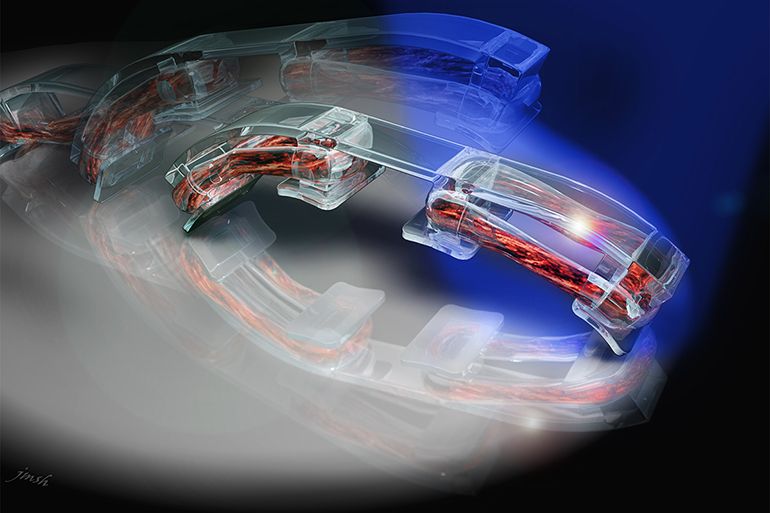 Biologically powered robots may one day be used to perform surgical procedures, deliver drugs, and maybe to even make humanoid overlords for us mortals. A big step toward that was taken by researchers at University of Illinois at Urbana-Champaign who used light-activated muscle cells as the power source to make tiny bio-bots.
Biologically powered robots may one day be used to perform surgical procedures, deliver drugs, and maybe to even make humanoid overlords for us mortals. A big step toward that was taken by researchers at University of Illinois at Urbana-Champaign who used light-activated muscle cells as the power source to make tiny bio-bots.
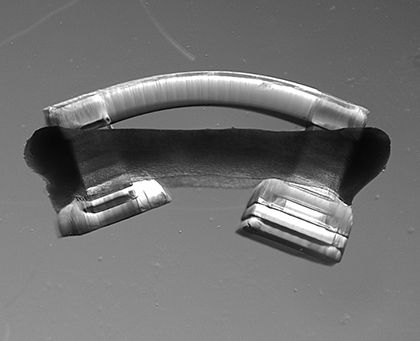
The optogenetic technique published in Proceedings of the National Academy of Sciences relies on genetically engineered mouse muscle cells that were made to contract in response to blue light. Rings of these cells were placed around a 3D printed flexible rods of different lengths between two and seven millimeters. When light was illuminated over the mechanism, the biobots contracted and walked in a certain direction. Various lengths and configurations were tried to achieve the best walking results. Moreover, the researchers were able to change the direction of the walking bio-bot.
Continue reading “Light Activated Bio-Bots Powered by Live Muscle Cells (VIDEO)” »
Mar 10, 2016
We Could Be Living On The Moon In 10 Years Or Less
Posted by Gerard Bain in categories: 3D printing, robotics/AI, space travel
Mar 10, 2016
This 3D-Printed Human Tissue Contains Blood Vessels
Posted by Shailesh Prasad in categories: 3D printing, biotech/medical
Mar 6, 2016
3D-Printed Drugs Coming Soon
Posted by Karen Hurst in categories: 3D printing, biotech/medical, health
Frankly, in the US this makes me really nervous. Placing drug making 3D printers in your local pharmacies. I hope that the manufacturer has a mechanism setup to cause the machine not to work if it is stolen by the local drug gangs.
The brave new world of 3D-printed drugs in the healthcare industry is heating up.
Mar 4, 2016
Goodyear Thinks Tires Of The Future Will Be 3D-Printed Spheres
Posted by Shailesh Prasad in categories: 3D printing, transportation
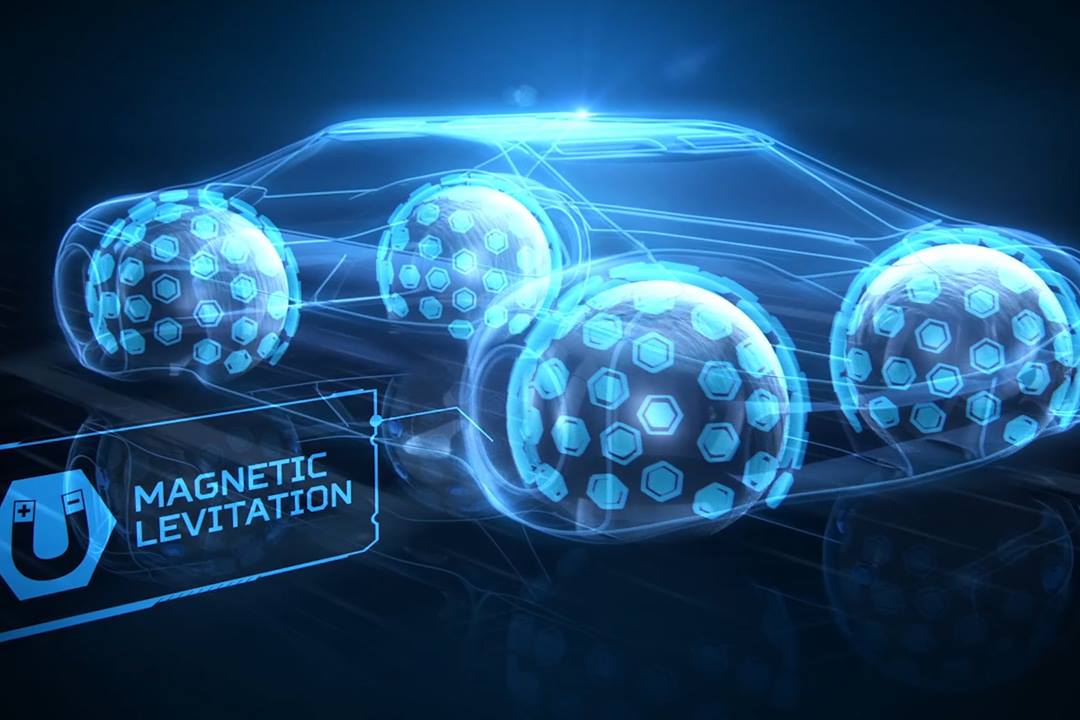
These #3Dprinted sphere-shaped tires could be the future of automobiles thanks to Goodyear.
Mar 3, 2016
3D-Printed Brain Tissue a Success
Posted by Shailesh Prasad in categories: 3D printing, biotech/medical, neuroscience
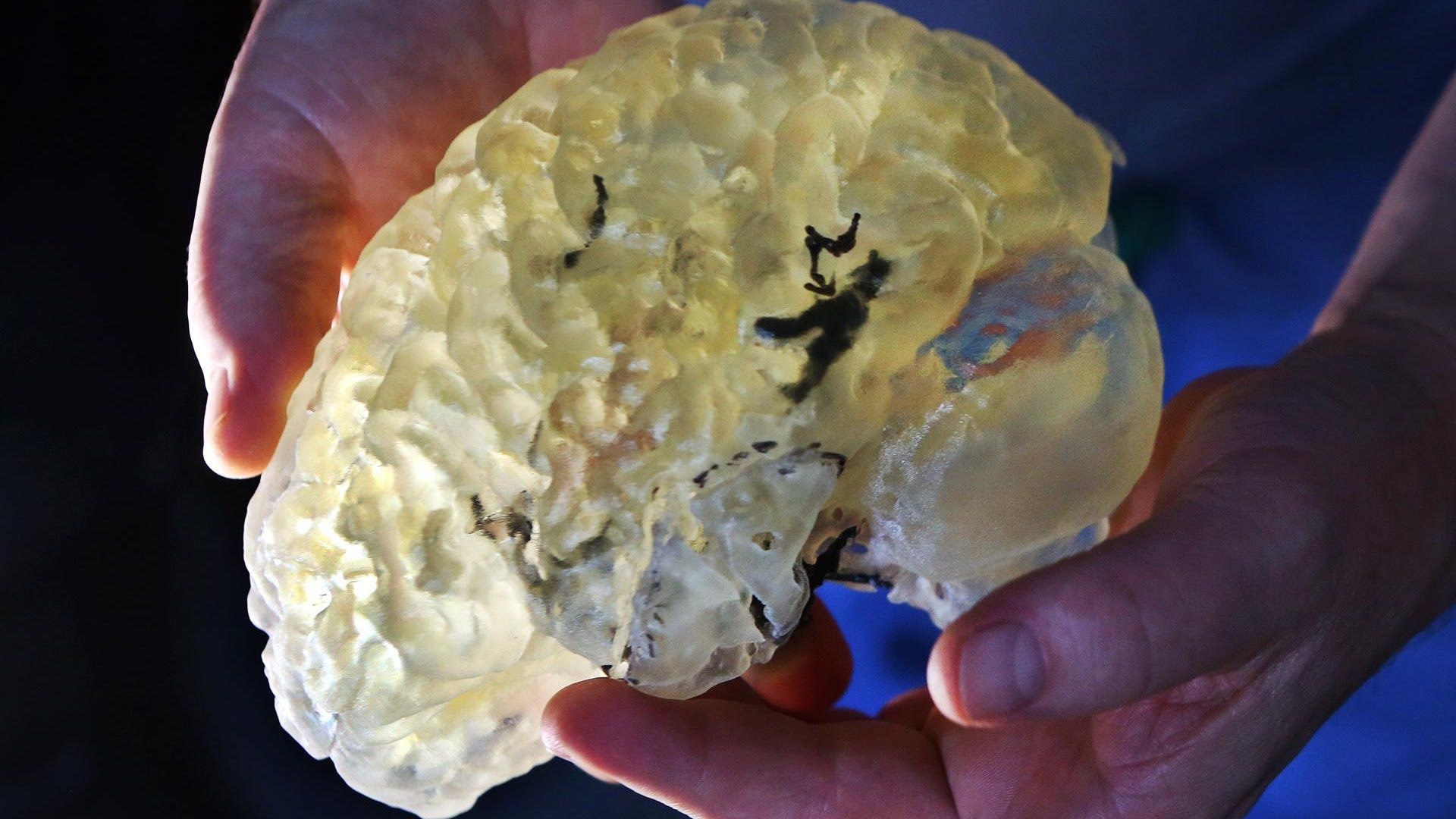
https://www.youtube.com/watch?v=ySPvBbfY2Fc
A 3D-printed layered structure that incorporates neural cells to mimic the structure of brain tissue has been created by researchers at the ARC Centre of Excellence for Electromaterials Science (ACES) in Australia, and it could have major consequences in studying and treating conditions such as schizophrenia and Alzheimer’s. The three-dimensional structure will allow scientists to better understand the complex nature of the brain and its 86 billion nerve cells. We look at the benefits and risks of this scientific breakthrough on the Lip News with Jose Marcelino Ortiz and Jo Ankier.
http://motherboard.vice.com/read/researchers-are-getting-clo…ing-brains
Feb 28, 2016
New Hyproline System Capable of High-Speed Mass Customization of Metal 3D Printed Parts
Posted by Klaus Baldauf in categories: 3D printing, robotics/AI
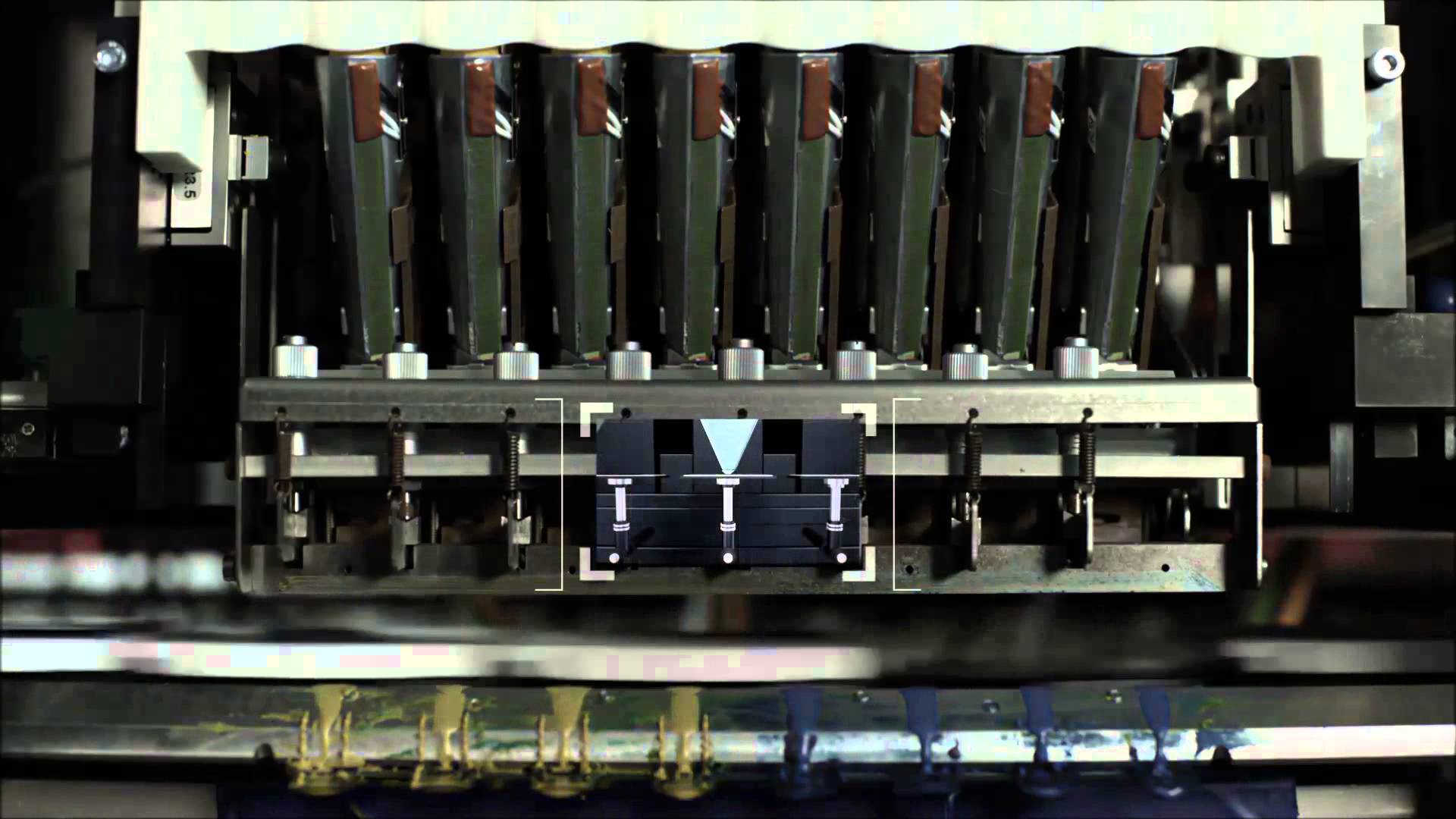
At the end of last year, Davide Sher predicted that 2016 would see metal 3D printing move from a technology capable of producing small batches to a fully-automated method for serial manufacturing. Davide cited a number of machines in development that herald the age of serial metal 3D printing, but he may have left one system out: the Hyproline platform.
